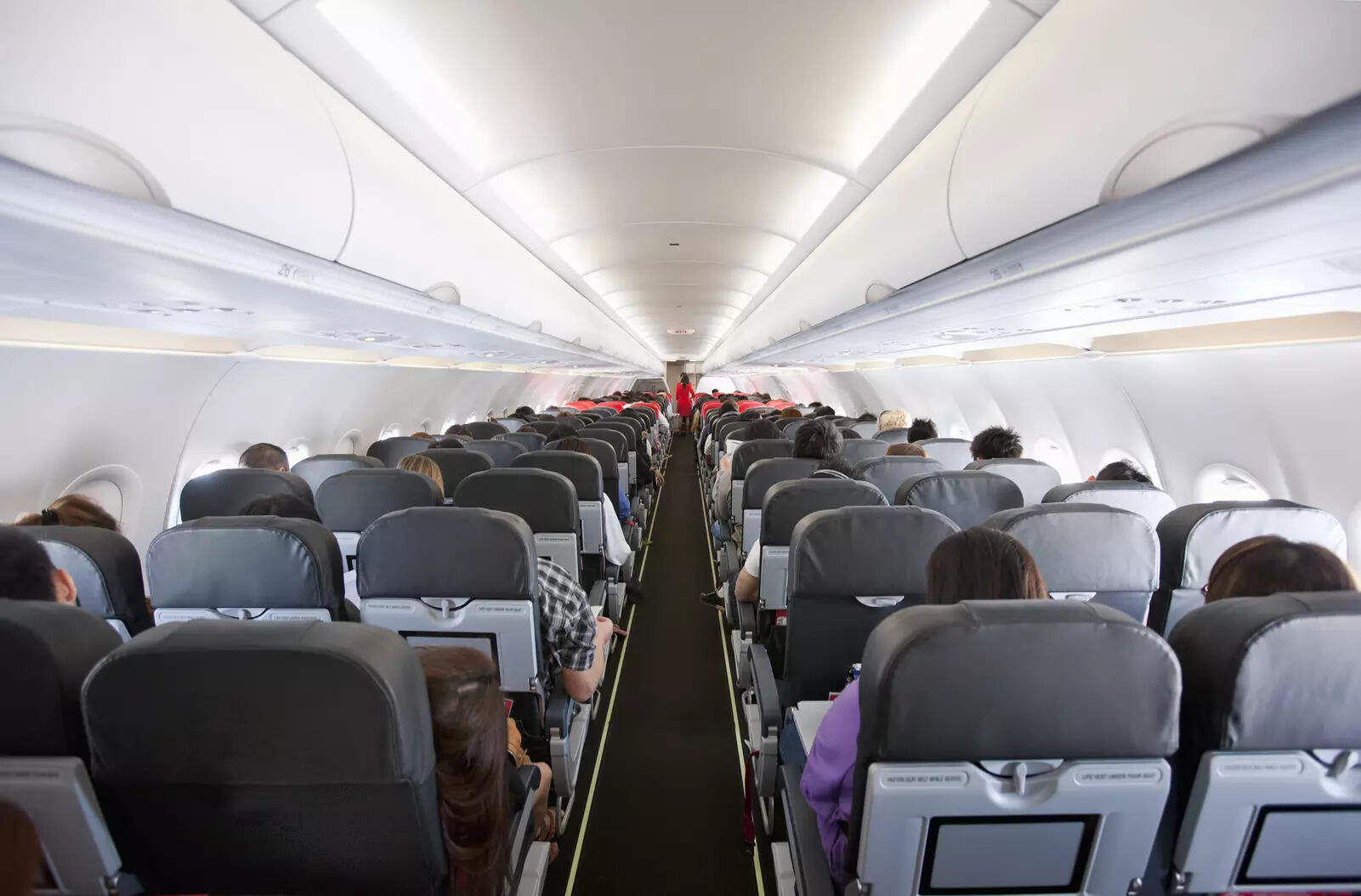
Ratings agency ICRA has cut its growth pace forecast for India’s aviation sector for FY26 with the domestic air travel market showing little momentum in August 2025, underlined by flat passenger numbers as airlines grappled with fuel costs, grounded aircraft and fragile consumer demand.
According to ICRA, domestic passenger traffic was pegged at 131.7 lakh in August, barely above 131.3 lakh a year earlier, though higher than July’s 126.1 lakh. For the April–August period of FY26, traffic rose just 2.2 per cent year-on-year to 677.5 lakh passengers. With demand subdued, capacity deployment in August was 5.8 per cent lower than a year ago and largely unchanged from July.
The slowdown has prompted ICRA to cut its FY26 growth forecast for domestic traffic to 4–6 per cent, from an earlier 7–10 per cent. The ratings agency pointed to cross-border tensions, capacity disruptions and lingering travel hesitancy after the June aircraft accident. “While overall passenger traffic has so far held steady, ongoing geopolitical and operational headwinds warrant close monitoring for potential downside risks,” ICRA said.
International operations remain relatively stronger. In July, Indian carriers flew 29.6 lakh passengers overseas, a 6.7 per cent increase from last year and 6.8 per cent higher than June. For April–July, the total was 117.3 lakh, up 10.2 per cent year-on-year. Even so, ICRA trimmed its FY26 international growth estimate to 13–15 per cent from 15–20 per cent, citing safety concerns and regional tensions.
On the financial front, airlines are staring at deeper losses. ICRA expects industry-wide net losses of INR 95,000–1,05,000 crore in FY26, almost double FY25’s INR 55,000 crore. The red ink stems from rising aircraft deliveries amid softening demand, foreign exchange pressures, and higher lease rentals. Fuel, which accounts for 30–40 per cent of operating costs, remains a drag despite some relief: ATF prices averaged INR 95,181/KL in FY25, down 8 per cent year-on-year, and have fallen 10.2 per cent in the first five months of FY26.
Operational constraints add to the pressure. Supply-chain issues and Pratt & Whitney engine failures kept more than 130 aircraft grounded as of March 2025, around 15–17 per cent of the industry’s fleet. Although the situation has improved, airlines continue to depend on costly wet leases and face higher expenses from reduced fuel efficiency. Crew shortages have also led to cancellations and delays, further testing passenger confidence.
ICRA has maintained a “Stable” outlook on the sector, citing steady yields and high load factors that are cushioning costs. But with traffic growth tapering, losses widening and global headwinds intensifying, India’s aviation industry is set for a year of consolidation rather than lift-off.


